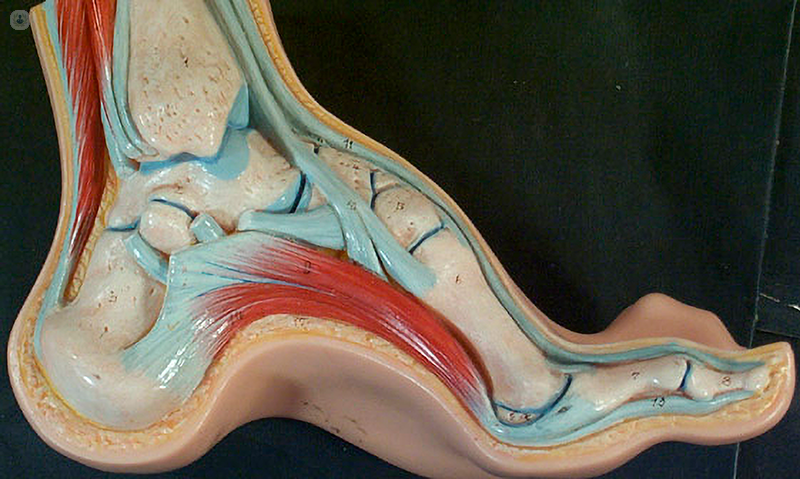
The cause and deforming mechanism underlying pes cavus is complex and not well understood. Pes cavus is sometimes-but not always-connected through Hereditary Motor and Sensory Neuropathy Type 1 ( Charcot-Marie-Tooth disease) and Friedreich's Ataxia many other cases of pes cavus are natural. Pes cavus may be hereditary or acquired, and the underlying cause may be neurological, orthopedic, or neuromuscular.

There have previously been reports of an association between excessive plantar pressure and foot pathology in people with pes cavus. įoot pain in people with pes cavus may result from abnormal plantar pressure loading because, structurally, the cavoid foot is regarded as being rigid and non-shock absorbent and having reduced ground contact area. These include shoe-fitting problems, lateral ankle instability, lower limb stress fractures, knee pain, iliotibial band friction syndrome, back pain and tripping. There are many other symptoms believed to be related to the cavus foot. The range of complaints reported in the literature include metatarsalgia, pain under the first metatarsal, plantar fasciitis, painful callosities, ankle arthritis, and Achilles tendonitis. Individuals with pes cavus frequently report foot pain, which can lead to a significant limitation in function. Children with high arches who have difficulty walking may wear specially-designed insoles, which are available in various sizes and can be made to order. People with pes cavus sometimes-though not always-have difficulty finding shoes that fit and may require support in their shoes. I wouldn't have a problem teaching sub talar neutral theory, I just don't think it should form the basis for the majority of institutions who teach people with the capacity to prescribe orthoses.Signs and symptoms Pain and disability Īs with certain cases of flat feet, high arches may be painful due to metatarsal compression however, high arches- particularly if they are flexible or properly cared-for-may be an asymptomatic condition. I'm pretty sure it is the main reason why learning about forces and kinetics was such a Eureka moment. Partly, inadequate reading and studying, partly a problem in its applicability to all situations( ie I couldn't apply it to all people and still treat their symptoms). My understanding of sub talar neutral theory was always sketchy. Given enough time living in France, I, like most people who don't use their first language in their everyday life will probably start to think in French without havging to translate. If I speak French, I translate into English, formulate an answer that I then translate back into French. For someone who has learned sub talr neutral theory, any other explanations require "translating" in to sub talar neutral language until such times as being able to think in terms of forces and mechanics. Frequently on this forum, cases are presented using sub talar neutral theory as the base for explanation. I see it as being analagous to learning a foreign language.

I think the way we think about biomechanics now makes learning sub talar neutral theory a disadvantage. I'm guessing a semi-rigid/semi-flexible device would be appropriate.Ĭlick to expand.I completely agree. I will definitely get a deep heel cup to control the calcaneus and because these are strictly for athletic shoes.

And, forefoot- a 2-5 valgus/lateral post with a 1st ray cut-out? An arch fill would likely be necessary as my lab tends on molding the shell lower than the actual arch height. Should I post the rear foot at all? If so, it would be medially. Typically, I would post laterally for excessive supination with a pes cavus foot. Has anyone else seen this type of presentation? I am stuck here trying to decide on what to do on her prescription for the lab and not sure what to do. Mid tarsal joint is rigid in PF, so in gait she excessively dorsiflexes her toes to clear the ground. The other foot had a callus on her 5th met head, not on the 1st. Her plantar callus pattern, though, also shows medial shearing, with calluses on the medial aspects of bilateral 1st met heads and on the medial hallux on one foot- more indicative of pronation problem. After second guessing (even a 2-5 varus), I measured a 2-5 forefoot valgus (2-3 degrees), which is more what I expected with the cavus. She was rigid enough that I couldn't do that.

Measuring her forefoot was very tricky (more than than usual with a PF 1st ray) as I usually reduce the plantar flexed 1st ray to measure it. But, from the rear her calcaneus is everted with 4 degrees of valgus in neutral and 7 degrees of valgus in relaxed stance. In weight-bearing stance the anterior view would appear as if she is a classic supinator as I expect to see with this cavus foot. She has pes cavus (bilaterally) with a semi-rigid to rigid plantarflexed 1st ray, hallux abductovalgus, and retracted toes 2-5. Having a very hard time with a "problem" patient.


 0 kommentar(er)
0 kommentar(er)
